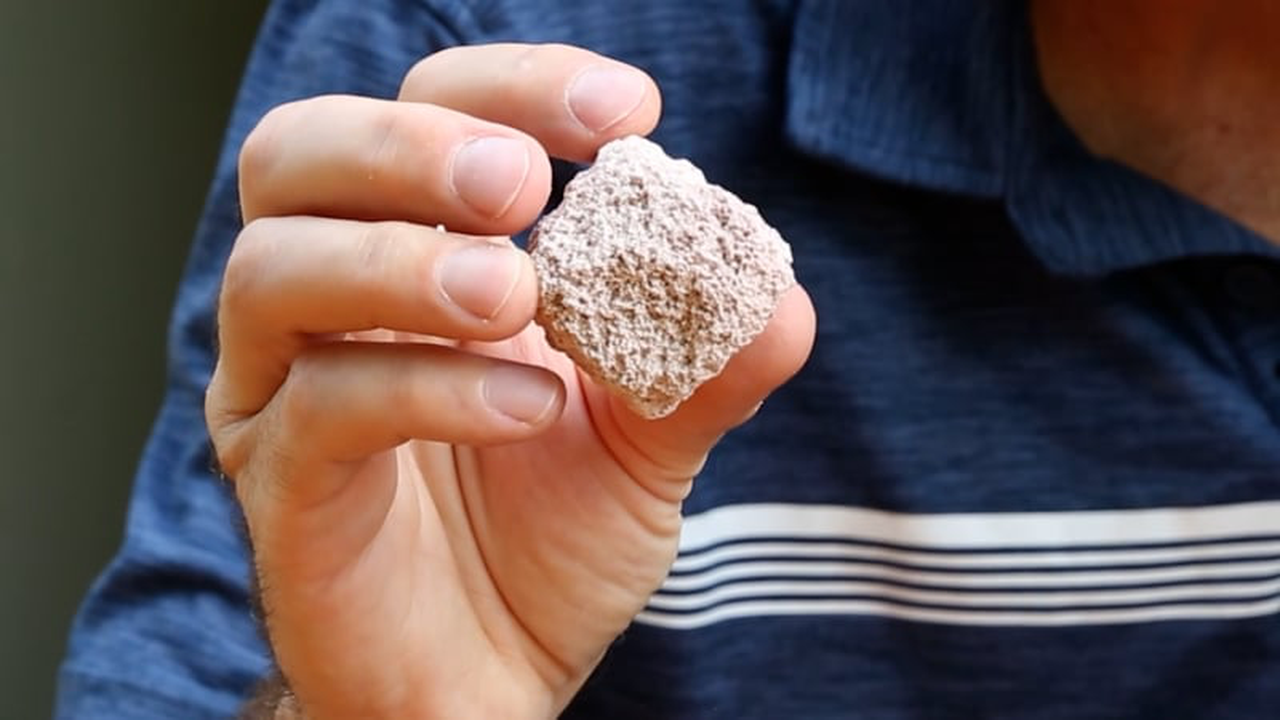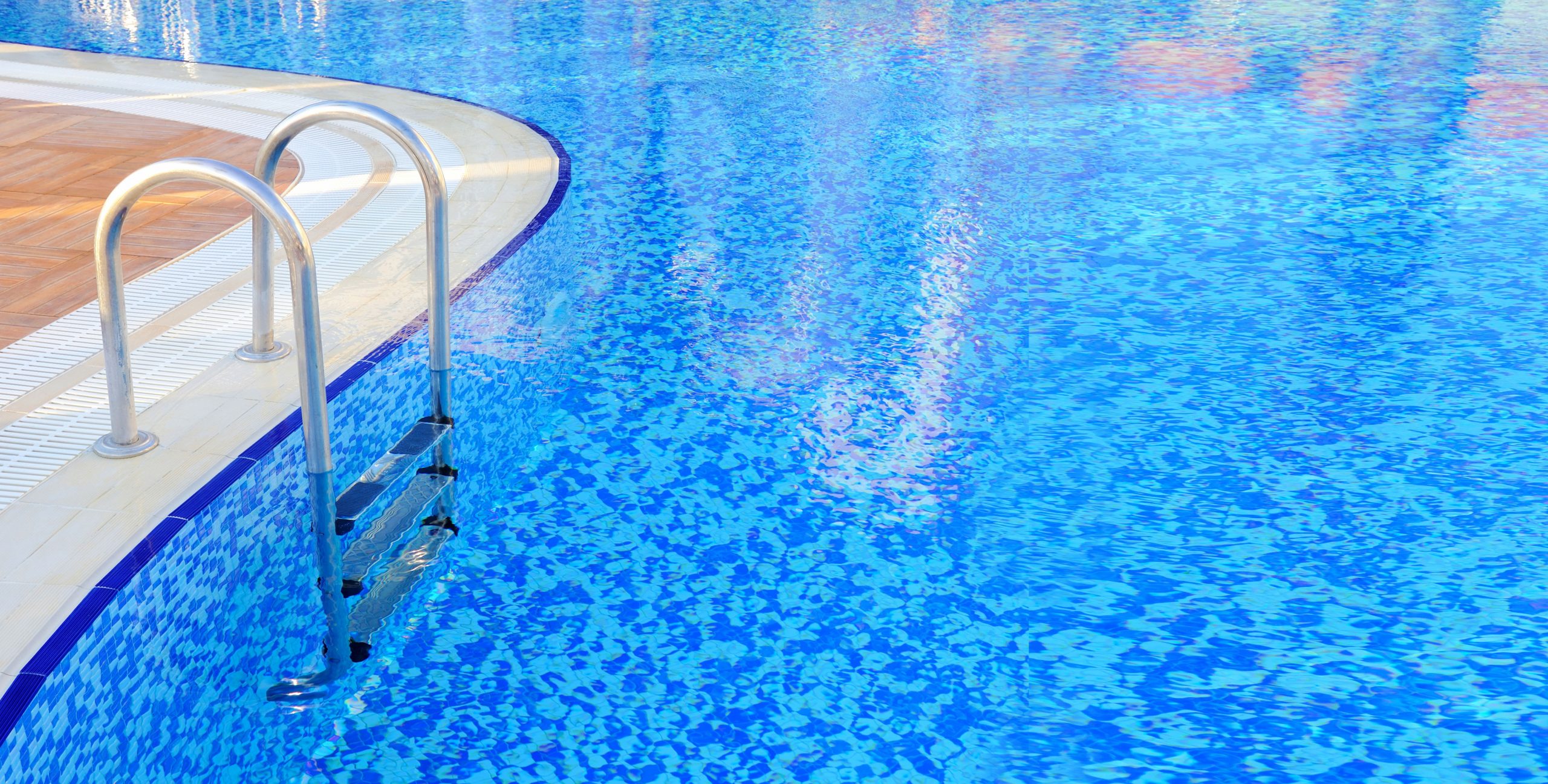
Pool Preserver
How Perfect Pool Water Should
Look, Feel, Smell & Touch
Pool Preserver
The United States has over 5 million residential in-ground swimming pools and another +300,000 public swimming pools with most pools drained and refilled biannually. Costs on average to maintain a swimming pool per year is $3,000-$5,000 with service providers profit averaging $400 – $600 from $600 – $800 fee per pool cleaned. To help increase your profit, OriginClear’s Pool Preserver is designed to clean two pools per day.
The Pool Preserver™ is OriginClear’s Treat-in-Place innovation which enables on the spot pool water filtration and renewal of water vitality within hours without draining and refilling. With Pool Preserver, not only do you get first-rate custom-built hardware, we also help you build your business with our Water As A Career™ training and marketing programs.
Pool Preserver is the sophisticated, mobile reverse osmosis pool cleaning system that delivers Clean Healthy Pure Water without wasting gallons of water normally discarded as sewage and replenished at high city drought related prices.
- Removes bacteria, cyanuric acid, chemical buildup and disinfectant by-product residuals.
- Pool Preserver prevents calcium scale buildup by removing scale-forming minerals from the water.
- On-site filtration that replaces the traditional draining and refilling of pools.
- Prolongs the life of pools by removal of component-corrosive elements.
Pool Preserver Can Help Make More Money Even For Established Pool Cleaning Companies
Profit and growth factors for pool cleaners (using reverse osmosis pool water replacement)
- Profit of $400 to $600 per pool cleaned. Sales range $600 to $800 per pool.
- Greater production potential. Drain and refill of a 13,500 gallon pool averages 36-40 consecutive hours. Pool Preserver recycles and purifies the water in 6-7 hours.
- Market exclusivity: today less than 60 pool cleaning companies of the 65,000 in the primary pool-cleaning markets offer RO cleaning.
- Huge growth potential considering currently low market penetration.
- With proper maintenance Pool Preserver can operate for decades.
- Superior quality product = more satisfied customers = more repeat business.
- With proper maintenance Pool Preserver can operate for decades.
- Profit potentials ranging from $50-150,000 annually per machine operated.
Environmental Benefits — The Solution to “Drain & Replace”
Pool Preserver™ is the sophisticated and mobile reverse osmosis pool cleaning system that delivers Clean Healthy Pure Water without wasting gallons of water normally discarded as sewage and replenished at high city drought related prices.
Reverse Osmosis Cleaning is the Best Choice
- Saves the cost and waste of water.
- Removes hardness and pool damaging substances.
- Purifies water of unhealthy contaminants.
- Restores water to its natural state which facilitates proper pool water balance.
- Far easier than drain & refill with less risk to the pool.
- Pool Preserver can save billions of gallons of water every year.
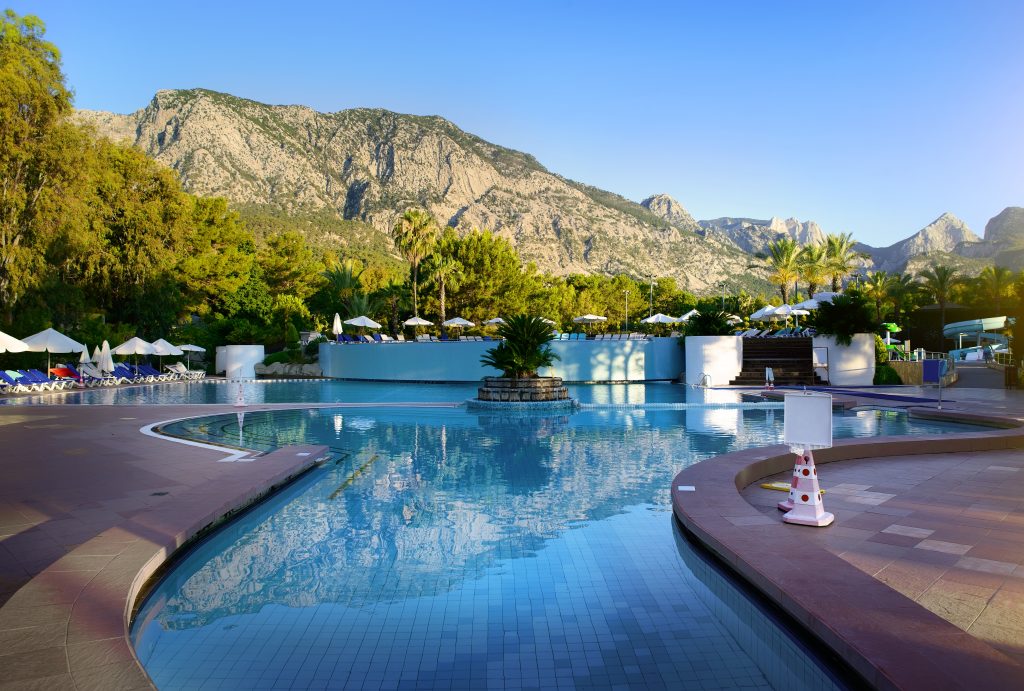
Treat-In-Place
Fresh water is becoming a scarcity of life and the American cultural habit of draining and refilling millions of pools twice a year is not only unnecessary and expensive but has other major disadvantages. Purifying pools by treat-in-place RO avoids draining and the risk of multi-thousand-dollar crack repairs.
- Empty pools can crack during climate temperature swings.
- Empty pools get misaligned or pushed above ground by rising groundwaters in coastal areas. Destructive to both pools and patios.
- Scaling (calcium buildup) as the water becomes progressively harder through evaporation.
- Chemical shocking leading to unhealthy pool water balance.
- The pool accumulates cyanuric acid and bacteria and becomes unhealthy.
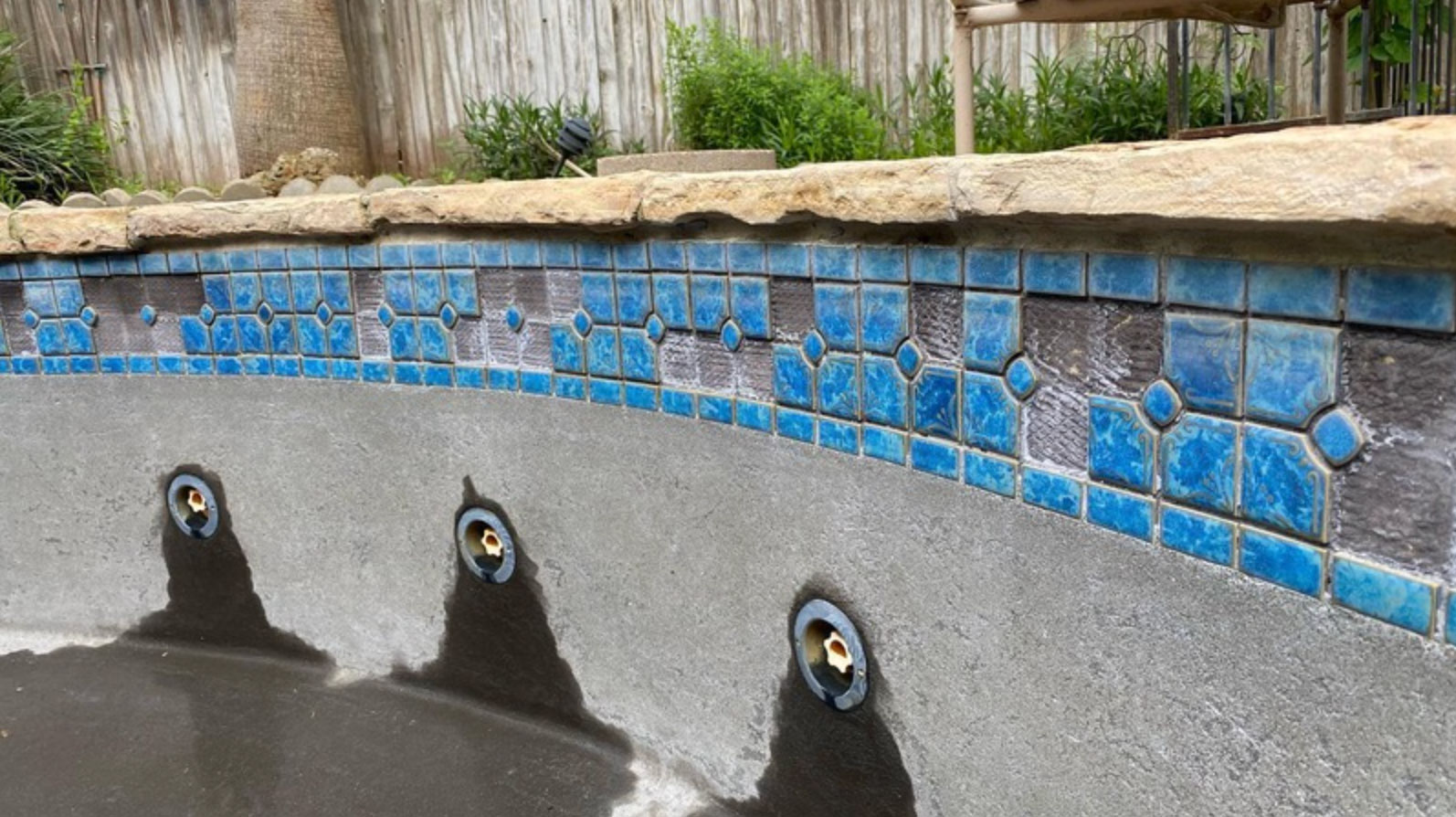
Pool Preserver in Action – The Results
This pool was just cleaned with OriginClear’s Pool Preserver. See for yourself why smart pool owners are choosing RO over other options.
For technicians and customers who want the best –
OriginClear’s Pool Preserver is the Solution.
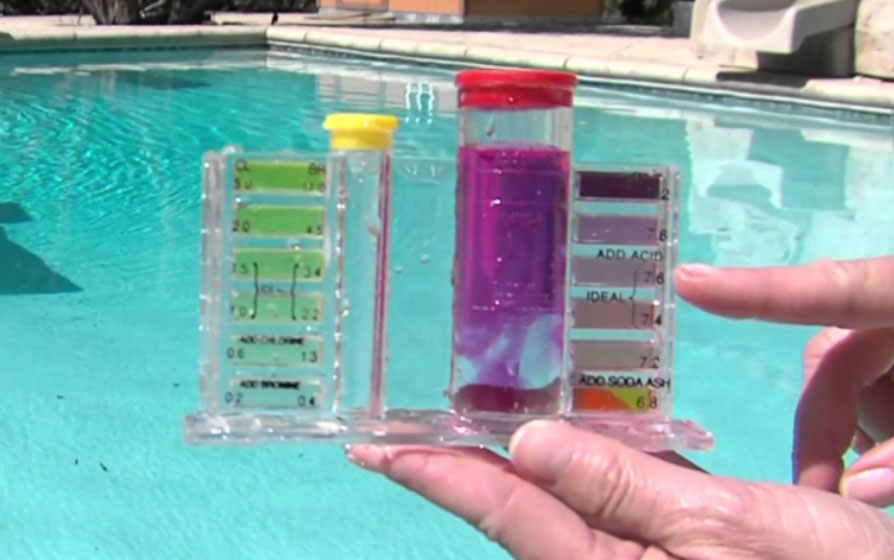
Ideal for Swimming Pool Maintenance Technicians
Pool Preserver Unit Includes:
- Trailer with best in class RO system.
- High-performance rated pump.
- Industrial grade RO membranes
- Computerized PLC monitoring and operation.
- Durable hoses and drop-in-pool intake and expel attachments.
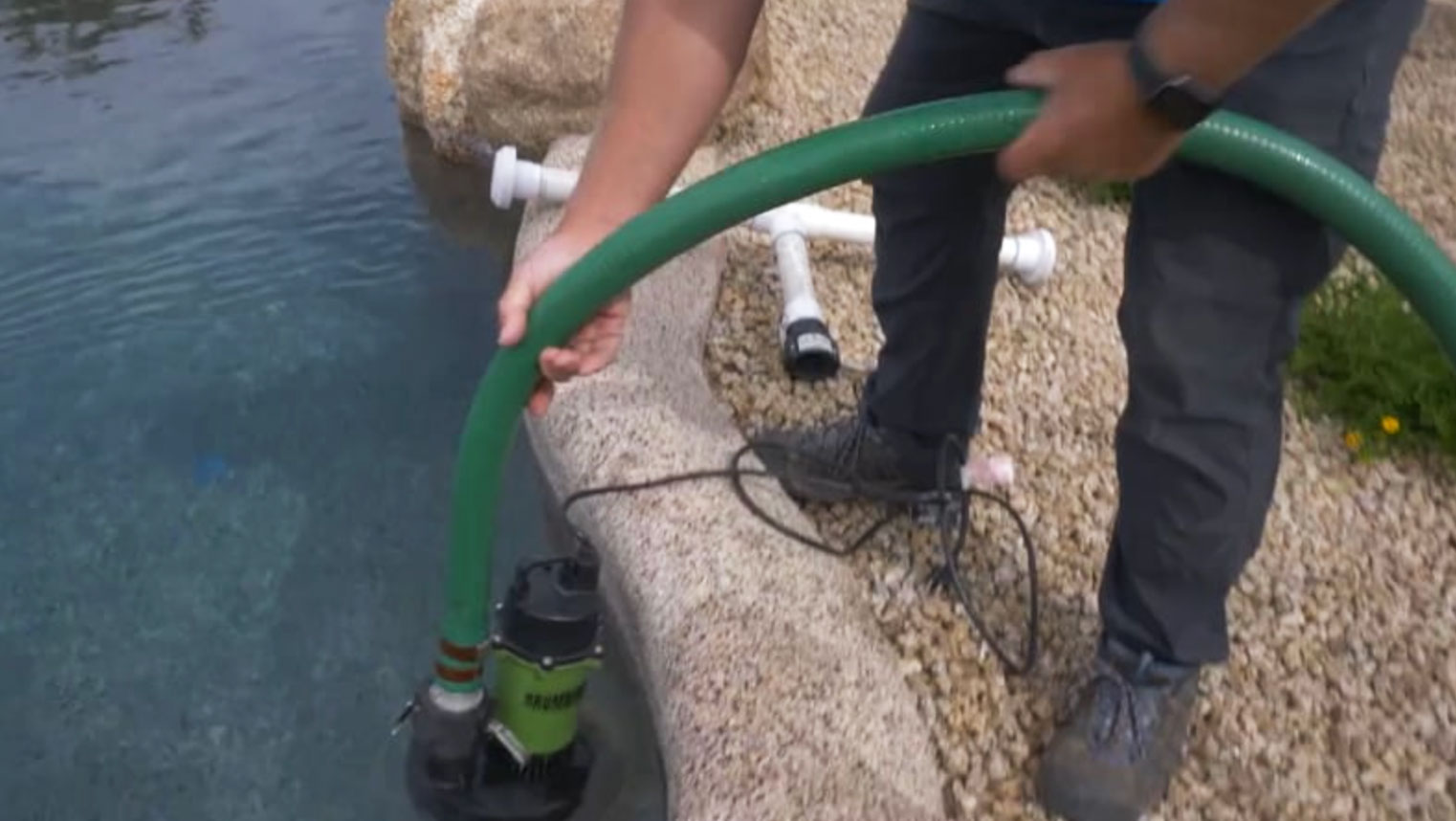
Pool water intake unit
draws water into the system
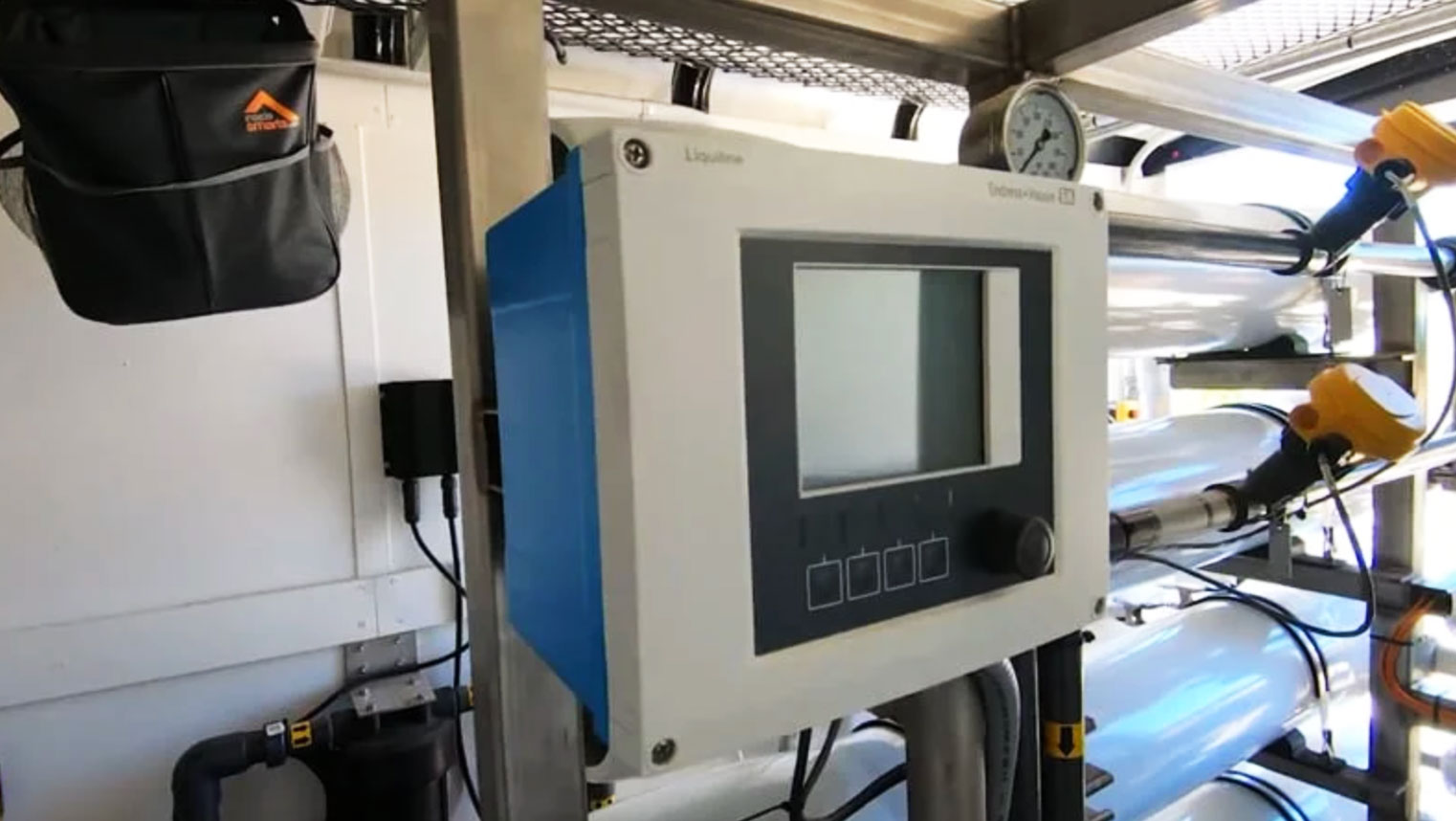
State of the art PLC system monitors filtration and regulates pH, TDS and water balance
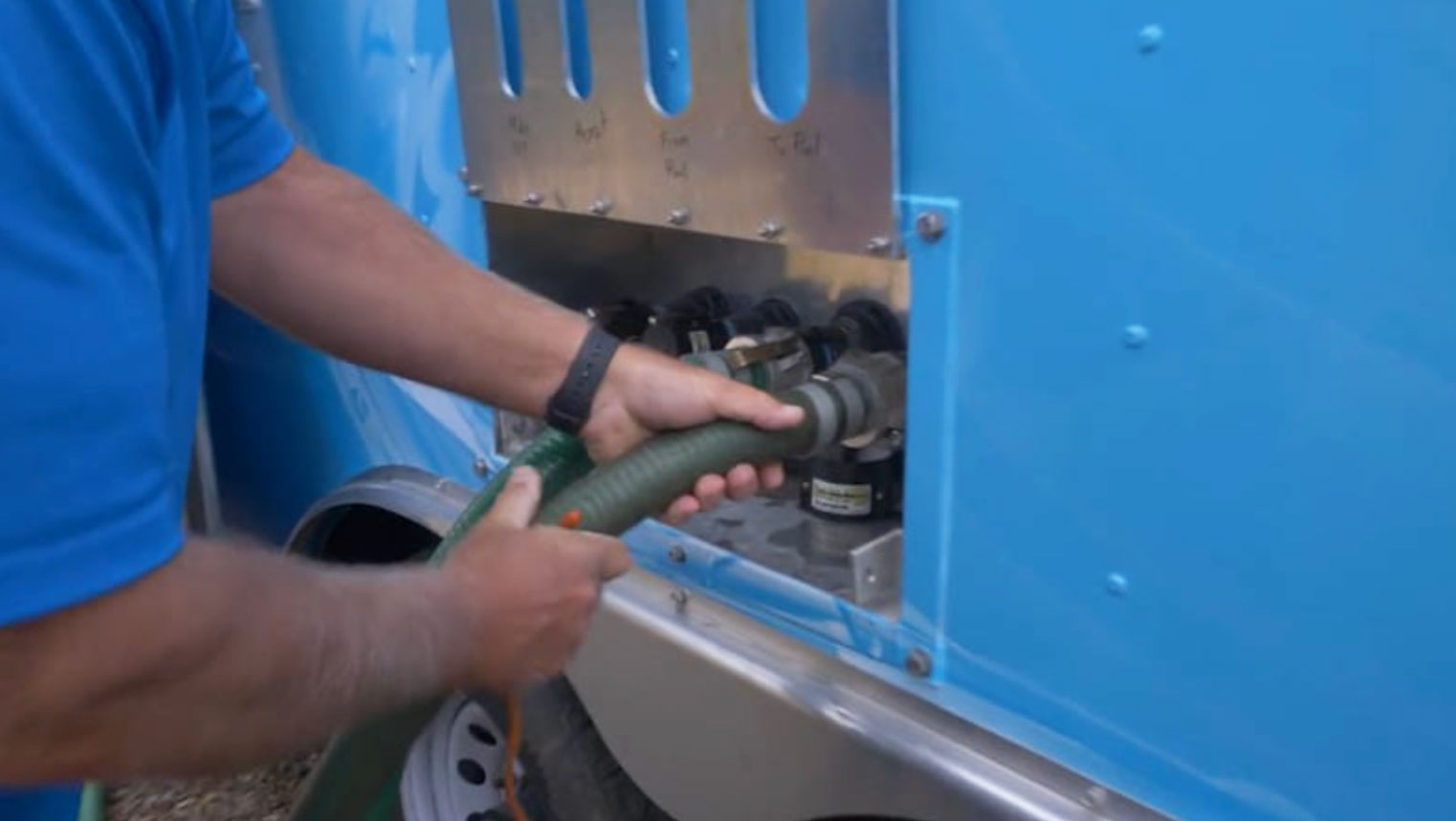
High-quality inbound & outbound hoses and connectors channel water for filtration and return
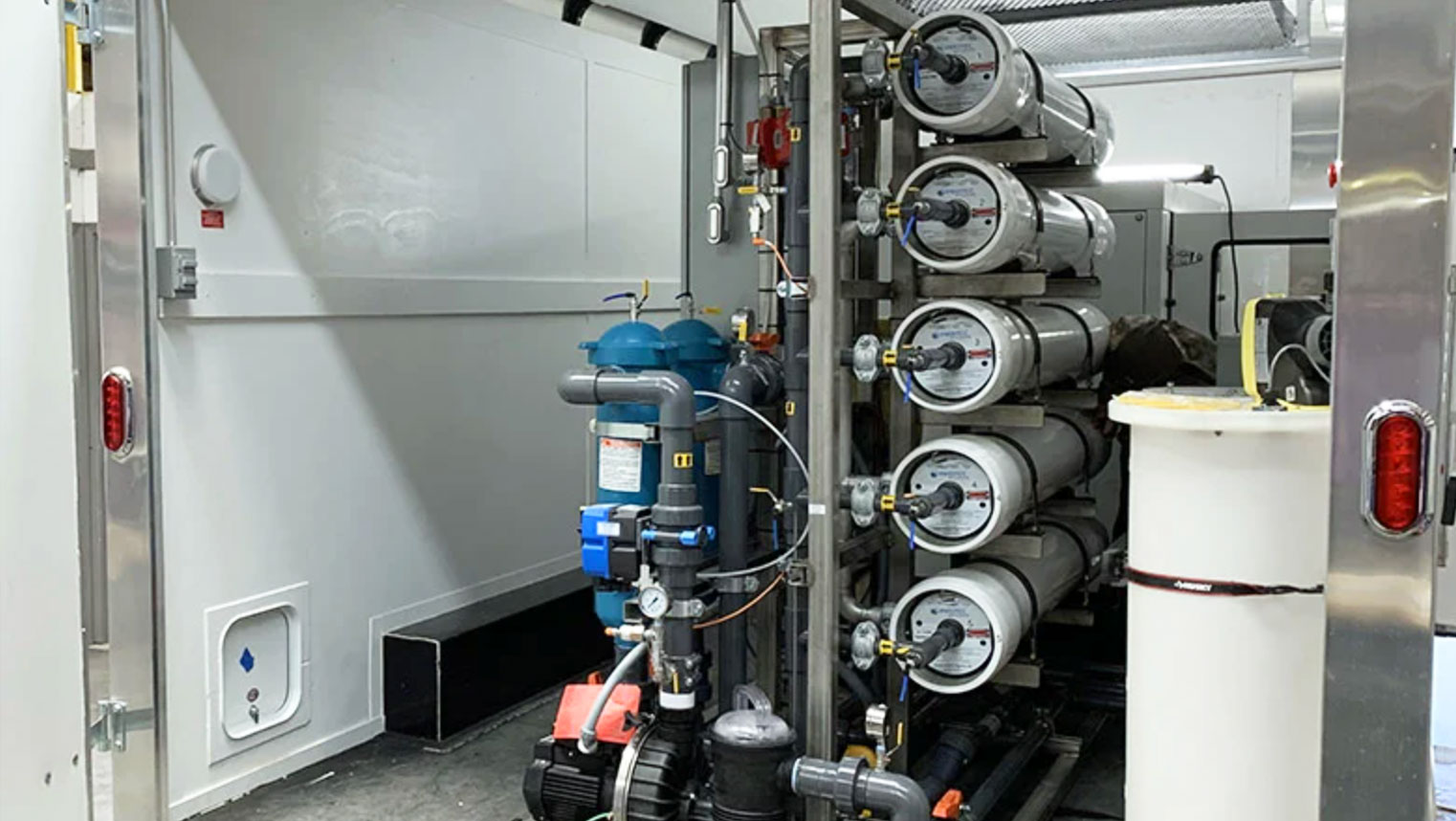
Mobile Pool Preserver unit is fully housed and controlled within Pool Preserver’s trailer
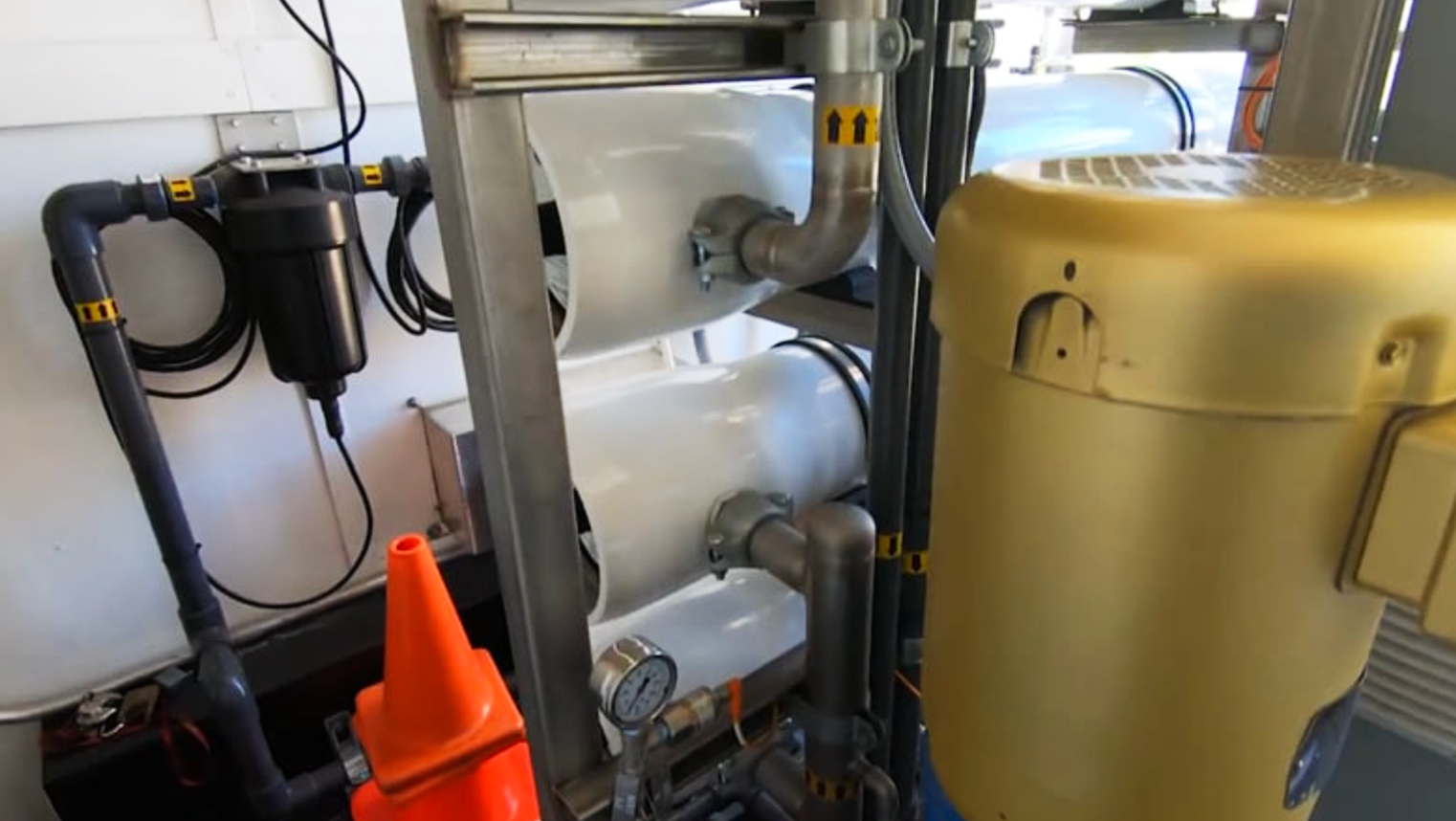
PLC operated pump cycles pool water for reverse osmosis filtration, UV purification and back to pool
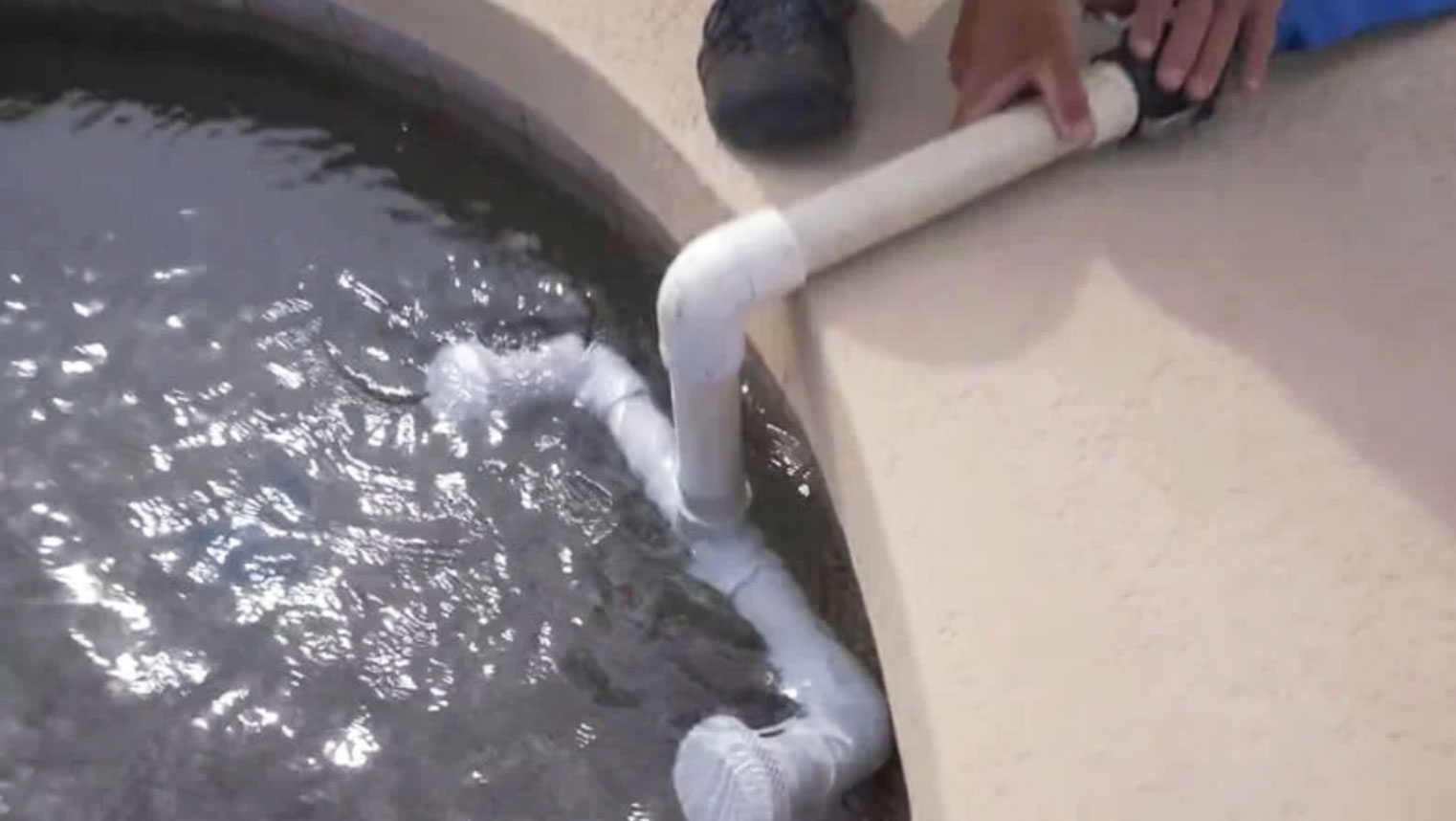
Filtered and fully purified water
Product Line
Pool PreserverTM is designed and Built by Progressive Water Treatment™ (PWT), OriginClear’s wholly owned Texas subsidiary. PWT’s superior reputation, solid industry relationships and twenty-plus years of experience building industrial grade, advanced membrane systems are leveraged to bring the best vendor pricing and highest quality manufacturing to Pool Preserver, delivering the best quality for the lowest cost.
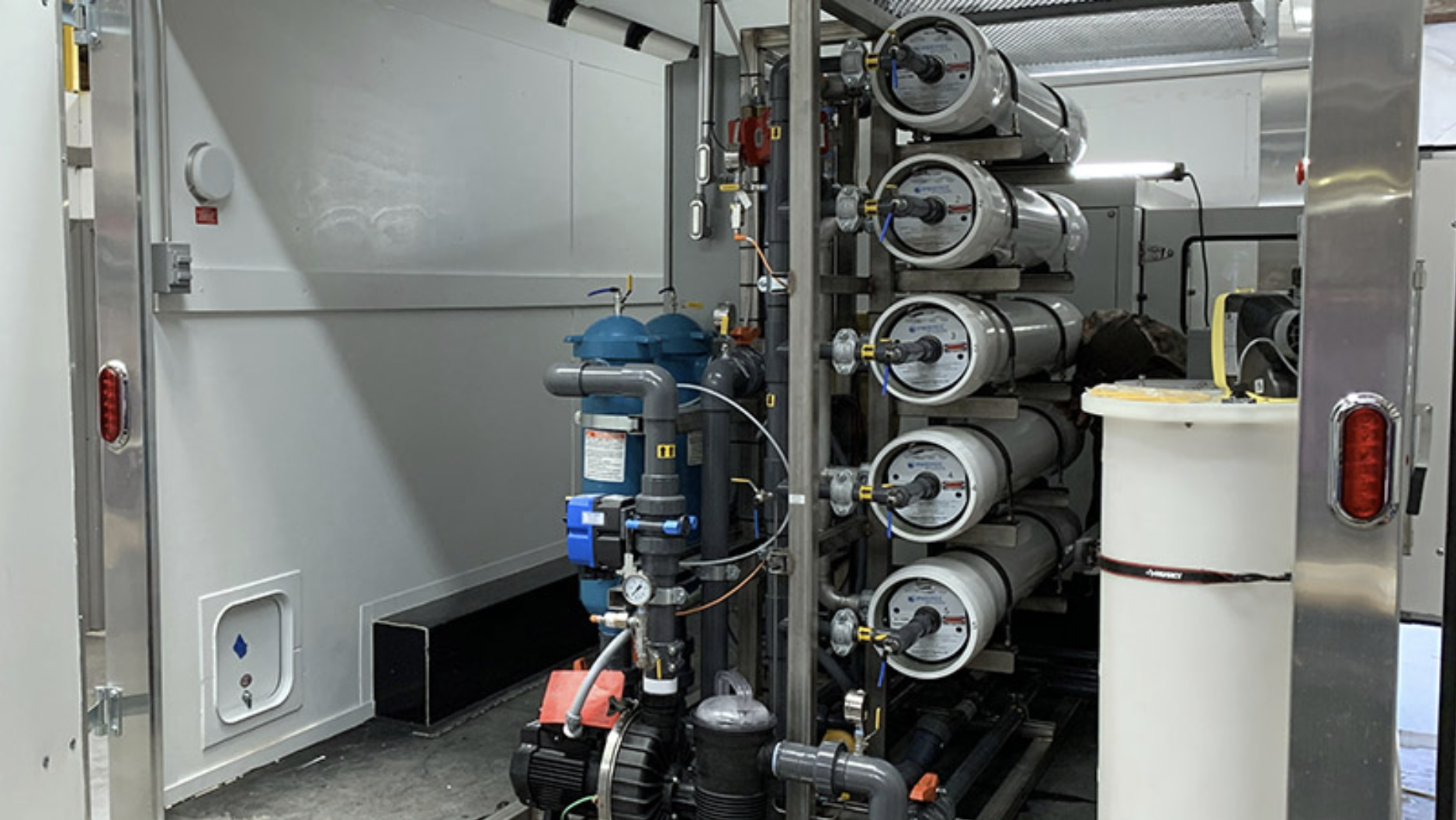
Preserver Open Sky – Open, Skid Mounted RO System Includes:
- 30 GPM reverse osmosis unit.
- 480V diesel generator.
- 2 pre-filters (10 Micron lead & 5 Micron lag).
- Reverse osmosis membranes with stainless-steel high pressure piping for high pressure operation.
- 40 GPM UV sterilizer.
- PLC controls, and digitally operated remote monitoring system.
- Cost $75,000 (note: Price may vary based on components desired and final configuration)
- Designed to effectively treat an average 13,500 gallon pool in about 7 hours.
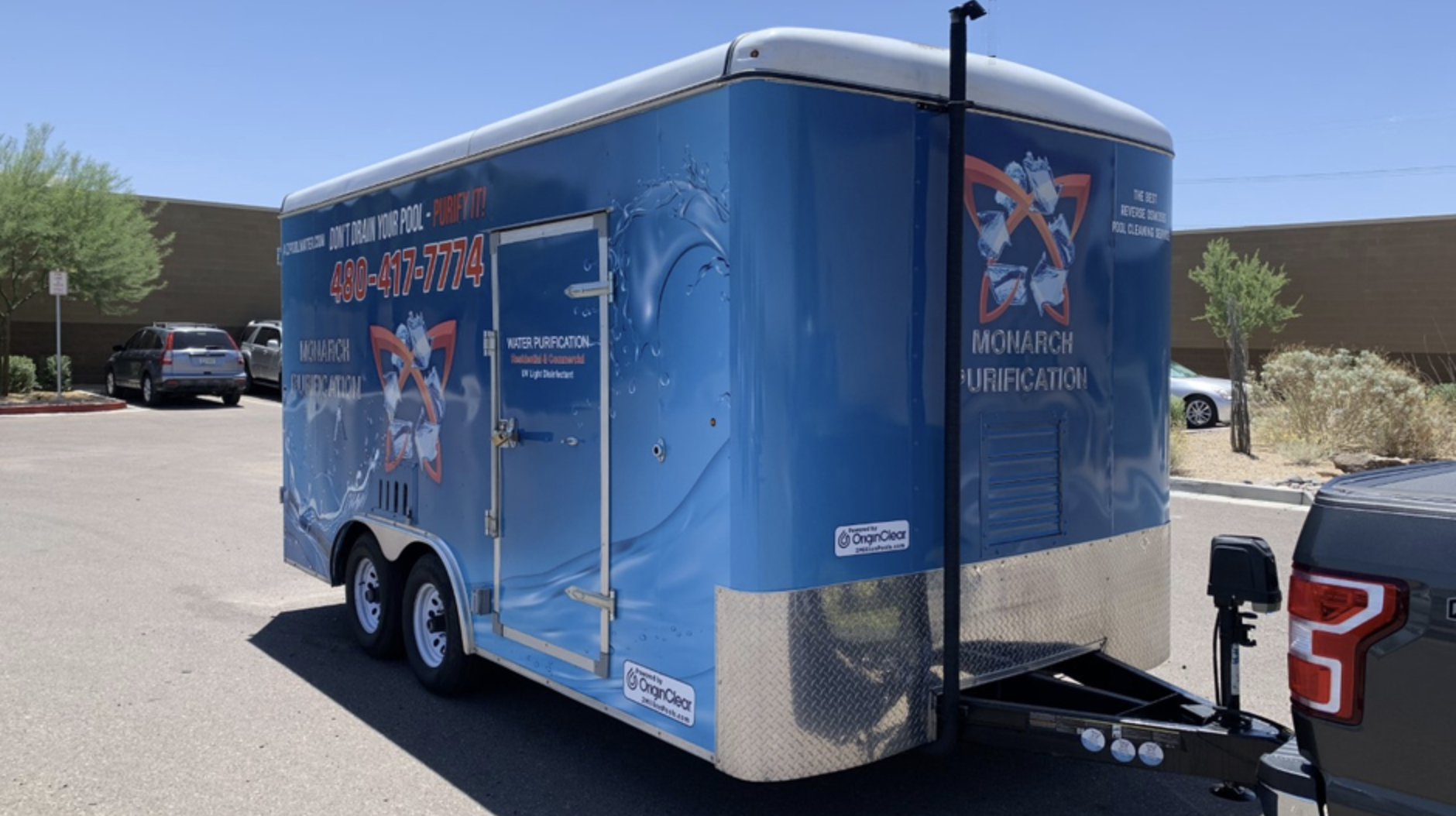
Pool Preserver Ultra – Trailer Mounted RO Membrane System Includes:
- 20’ cargo trailer with wrap.
- 480V diesel generator.
- 35 GPM reverse osmosis unit.
- 2 pre-filters (10 Micron lead & 5 Micron lag).
- reverse osmosis membranes with stainless-steel high pressure piping for high pressure operation.
- 40 GPM UV sterilizer.
- PLC controls, and digitally operated remote monitoring system.
- Cost $110,000 (note: Price may vary based on components desired and final configuration)
- Designed to effectively treat an average 13,500 gallon pool in about 6 hours.
- Pool Preserver has the capability of purifying two pools per day if delivery personnel devote the time.
For a more complete technology review and understanding of Pool Preserver, reverse osmosis, and chemistry related aspects of this product go to the Pool Preserver Technology page here: Pool Preserver

